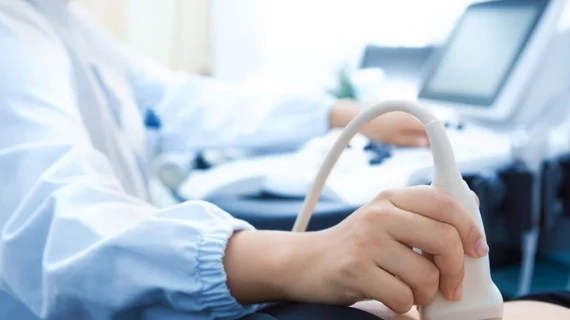The secret sauce to establishing a successful ultrasound imaging clinic for the uninsured
There’s been lots of talk recently about addressing healthcare disparities in imaging. But one West Coast radiology department is walking the walk by establishing a free ultrasound clinic to target underserved patient populations in its community.
University of California, San Diego, School of Medicine experts recently detailed their trials and tribulations in Academic Radiology. Many Americans may lack access to imaging services crucial to their health, and radiologists are in a unique position to address this concern, they charged. Launching a free imaging service can be a complex and challenging process, but the academic institution has found solutions to some of the biggest roadblocks.
“There are several considerations when creating a free ultrasound clinic,” lead author Anthony Tadros, MD, an interventional radiologist with UC San Diego Health, and co-authors wrote June 13 in Academic Radiology. “While many of our solutions are institution-specific, our approach may provide a useful framework for those interested in a similar undertaking,” they added later.
Cost is one of the major impediments to implementing a free clinic. USCD alleviated this by deploying a retired ultrasound machine contributed by the system. Donations, meanwhile, helped cover probes, gel, gloves, towels and other supplies. The biomedical department additionally helped with servicing the machine, while radiology let the ultrasound clinic store images on the hospital-based picture archiving and communication system.
“The imaging informatics workflow was a critical piece of the project that would not have been possible had the imaging informatics team not volunteered their time,” Tadros and co-authors noted, adding that radiology faculty also chipped in to voluntarily mentor residents and supervise exams.
Rad residents run the clinic in partnership with UCSD medical school’s student-run free clinic, basing the offering in the community to serve the uninsured urban population. Trainees have played a “central role” in the operation, gaining experience alongside volunteer sonographers, attendings and medical students.
In the future, Tadros and colleagues hope to explore patient outcomes at the clinic and possible quality improvement efforts to address any inappropriate imaging. You can read more about their work—including how they addressed malpractice concerns and language barriers—in the Association of University Radiologists’ official journal here.

